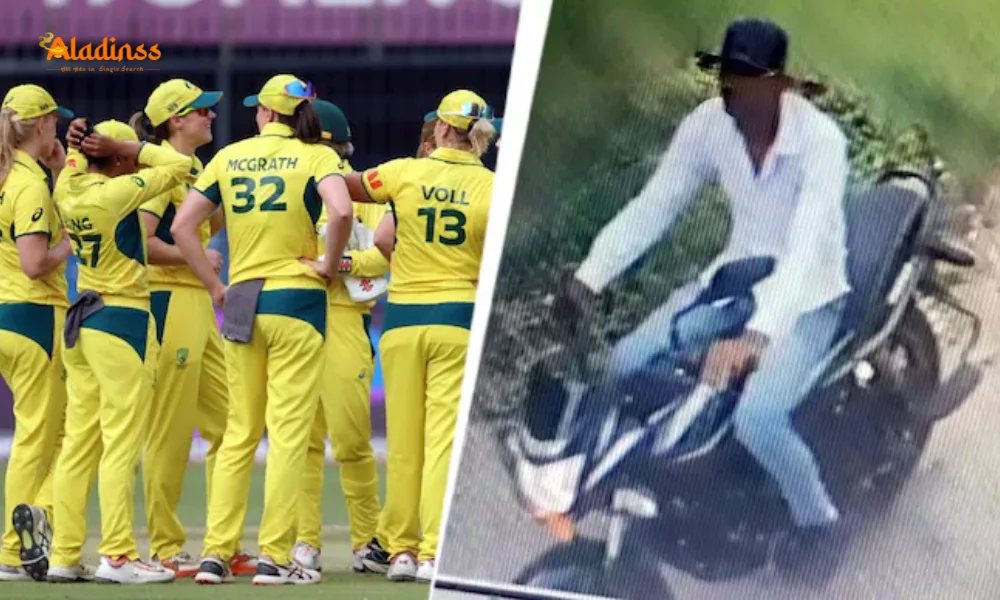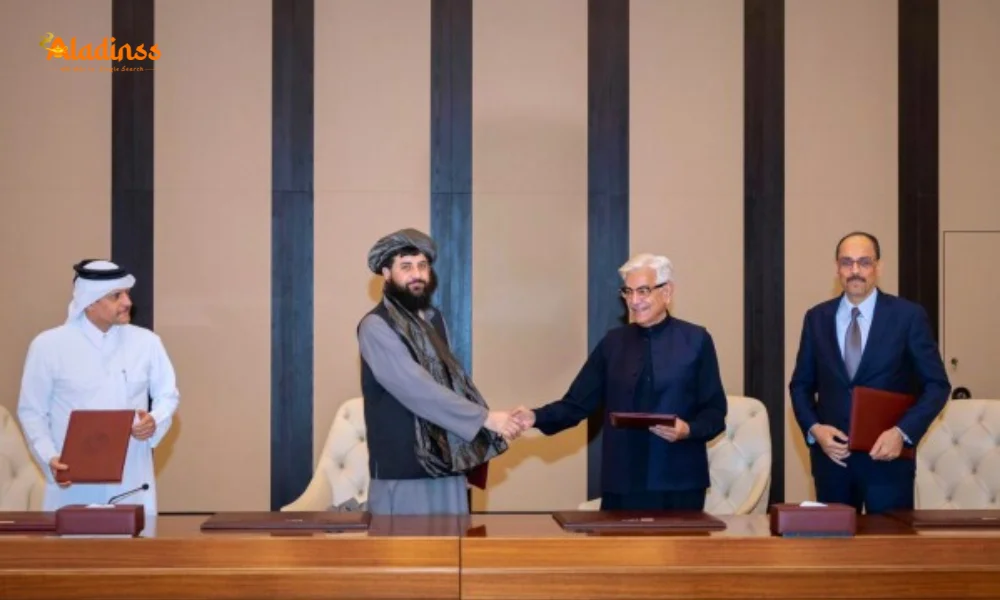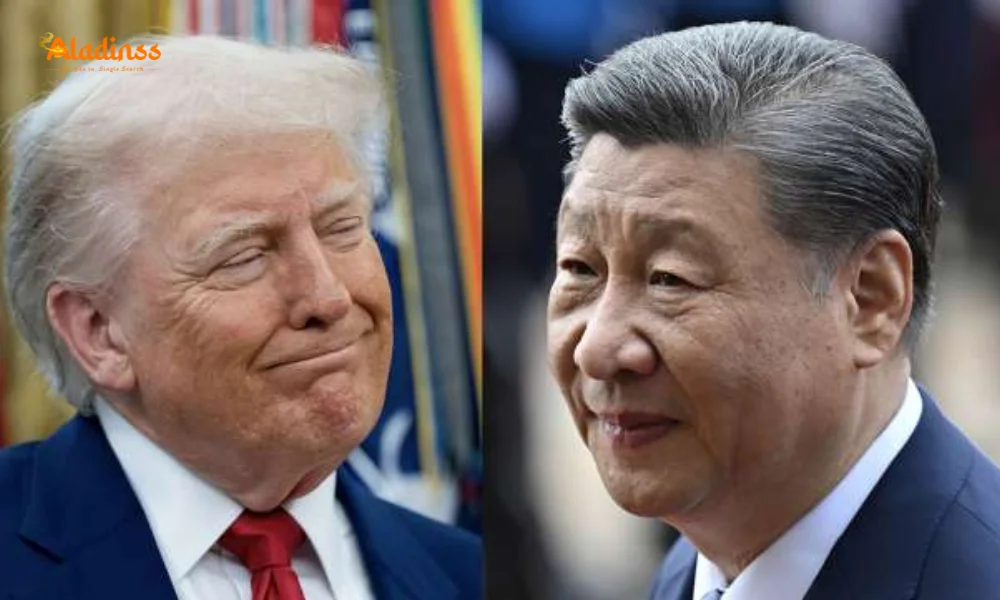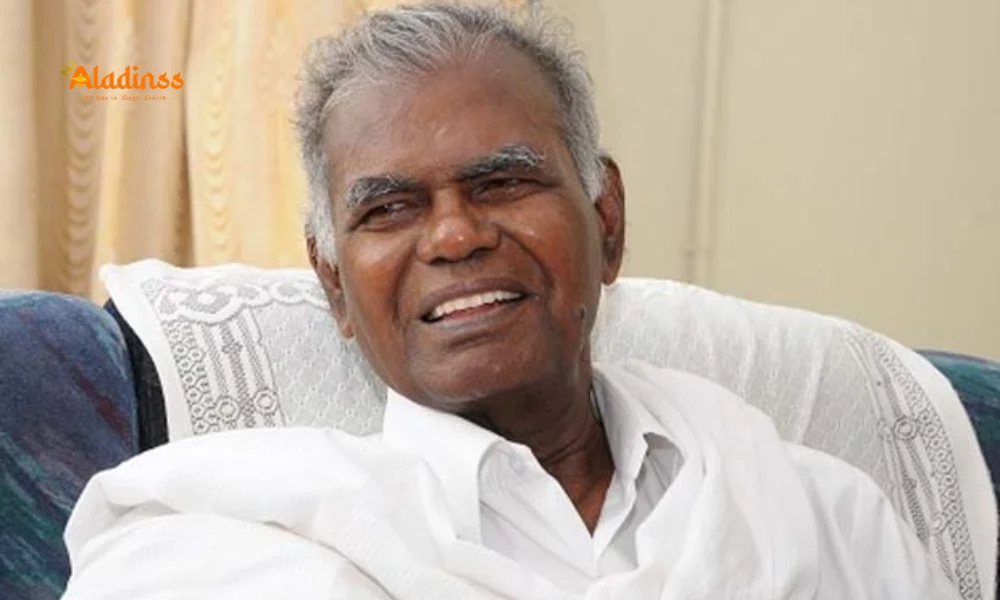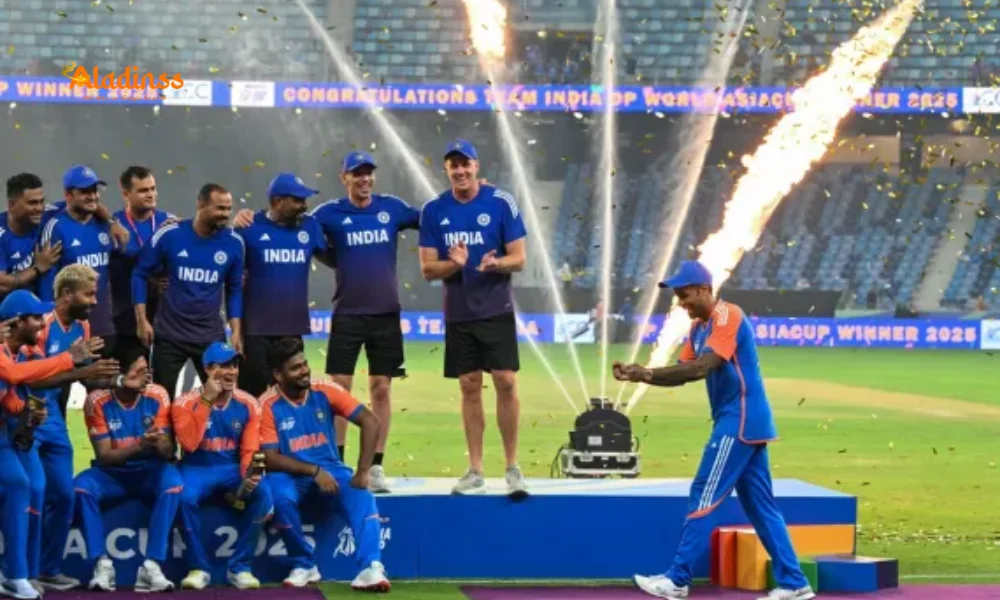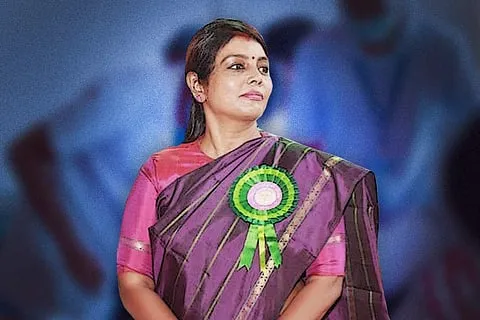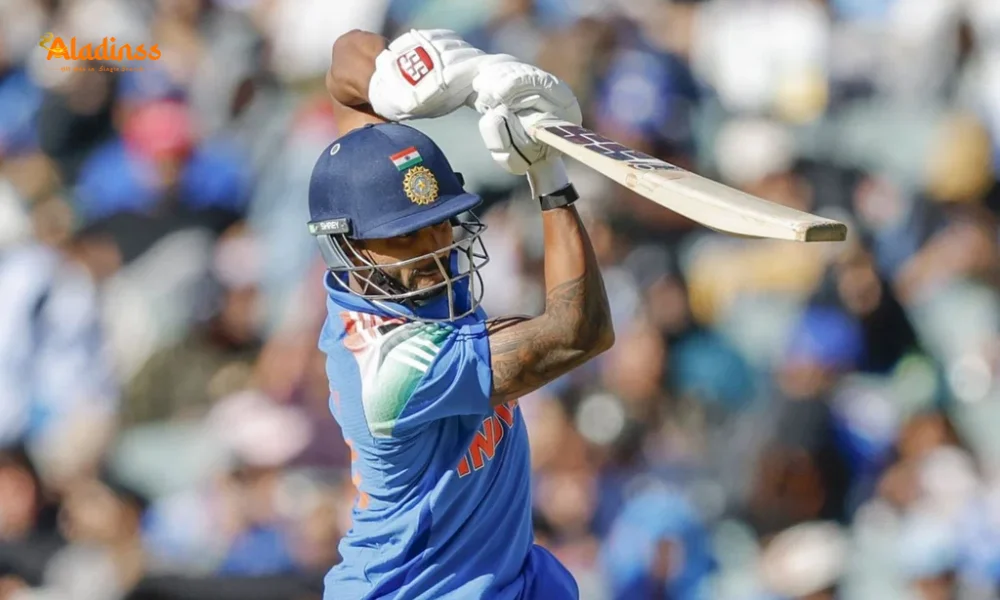C.P. Radhakrishnan Wins 2025 Vice Presidential Election
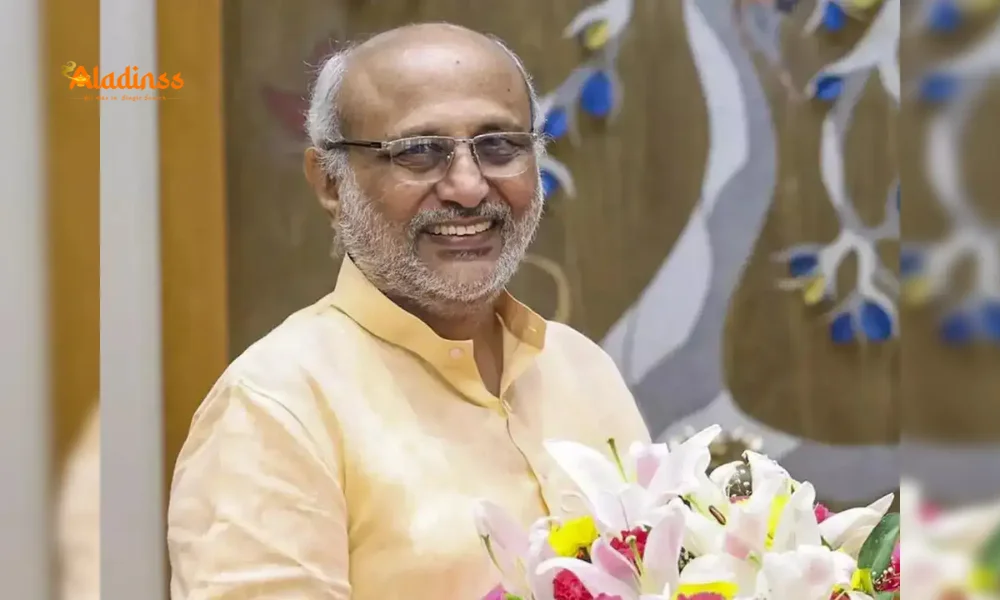
C.P. Radhakrishnan Elected India’s 15th Vice President in 2025 Election
In a significant political development, C.P. Radhakrishnan, the National Democratic Alliance (NDA) nominee and Maharashtra Governor, has been elected as the 15th Vice President of India on September 9, 2025. The election, held in the Parliament House, saw Radhakrishnan secure a decisive victory with 452 first preference votes, defeating the opposition INDIA bloc’s candidate, former Supreme Court judge B. Sudershan Reddy, who garnered 300 votes. This breaking news underscores the NDA’s strong parliamentary backing and highlights the evolving dynamics of Indian politics.
The Vice Presidential election was necessitated following the unexpected resignation of former Vice President Jagdeep Dhankhar on July 21, 2025, citing health concerns. The high-stakes contest, conducted under the supervision of Returning Officer P.C. Mody, Rajya Sabha Secretary General, witnessed a robust voter turnout of 98.2%, with 767 MPs casting their ballots out of a total electoral college of 781 members. This latest development in India’s political landscape has sparked widespread discussions about the implications for both the ruling alliance and the opposition.
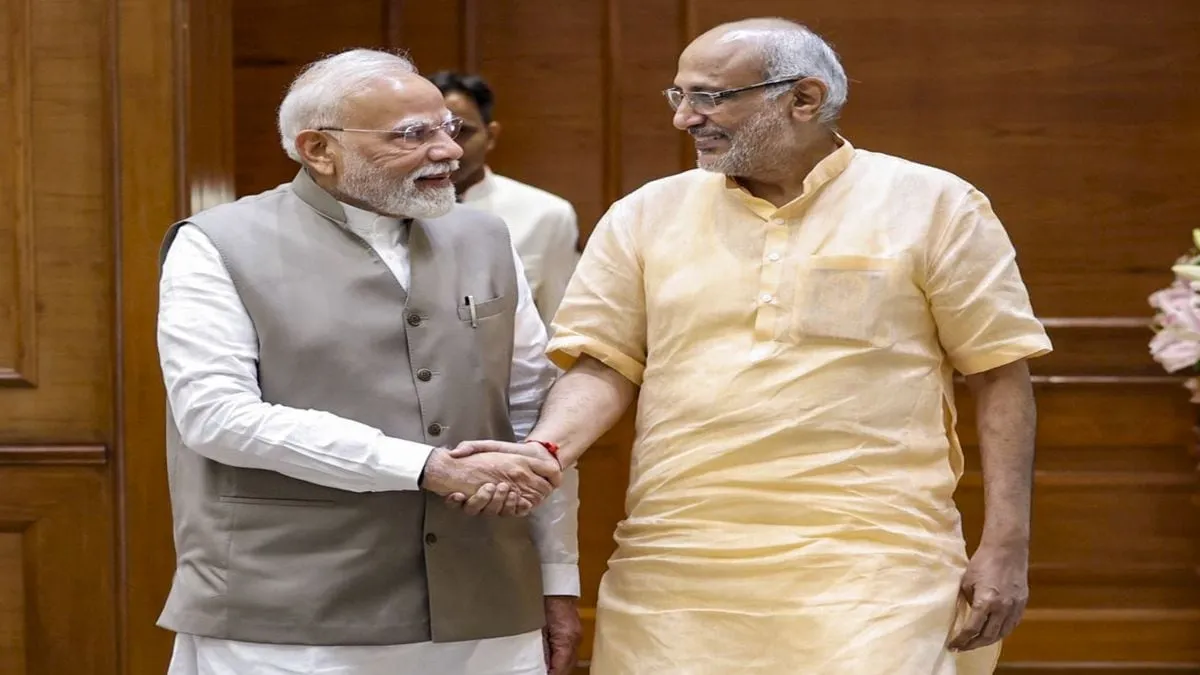
Election Process and Vote Count Breakdown
The Vice Presidential election took place between 10 a.m. and 5 p.m. on September 9, 2025, with the counting of votes commencing at 6 p.m. The electoral college, comprising members of both the Lok Sabha and Rajya Sabha, had a total strength of 781, reduced from 788 due to six vacant seats in the Rajya Sabha and one in the Lok Sabha. Of the 767 votes cast, 752 were deemed valid, while 15 were declared invalid, setting the majority mark at 377 first preference votes.
C.P. Radhakrishnan, representing the NDA, secured 452 votes, comfortably surpassing the required majority. His opponent, B. Sudershan Reddy, backed by the INDIA bloc, received 300 votes. The vote tally suggests a margin of 152 votes, marking the narrowest victory in the past two decades for a Vice Presidential election. Notably, 14 MPs from the INDIA bloc are believed to have cross-voted in favor of Radhakrishnan, a point emphasized by BJP leaders who claimed that at least 15 opposition MPs supported the NDA candidate.
The election saw 13 MPs abstain, including seven from the Biju Janata Dal (BJD), four from the Bharat Rashtra Samithi (BRS), one from the Shiromani Akali Dal (SAD), and one independent MP. Additionally, the YSR Congress Party, with its 11 MPs, extended support to the NDA, further bolstering Radhakrishnan’s vote count. The invalid votes, totaling 15, were reported to include 10 from the NDA and five from the opposition, indicating possible errors in the voting process or deliberate invalidation by some MPs.
Political Dynamics and Cross-Voting Speculations
The NDA’s numerical strength in Parliament, with the support of 427 MPs, gave Radhakrishnan a clear edge from the outset. The additional backing from the YSR Congress Party’s 11 MPs further solidified his position. However, the reported cross-voting by 14 INDIA bloc MPs has raised questions about the opposition’s unity. Union Parliamentary Affairs Minister Kiren Rijiju highlighted this, stating that “many opposition parties have also supported the NDA candidate,” suggesting a broader acceptance of Radhakrishnan’s candidacy.
Congress MP Jairam Ramesh, however, defended the opposition’s performance, noting that their candidate secured 40% of the vote, a significant improvement from the 26% in the 2022 Vice Presidential election. Despite the loss, Ramesh described the result as a “respectable” performance, framing it as part of an ongoing ideological battle. The opposition’s claim of having all 315 of its MPs present for voting was challenged by the final tally, which showed only 300 votes for Reddy, fueling speculations of internal dissent or strategic voting.
The election also highlighted regional dynamics, with 57 MPs from Tamil Nadu participating actively. Radhakrishnan, a Tamil Nadu native and a seasoned politician with deep roots in the Rashtriya Swayamsevak Sangh (RSS) and Bharatiya Janata Party (BJP), was celebrated for his regional representation. His victory makes him the third leader from Tamil Nadu to hold the Vice Presidency, a point of pride for the state.
Key Figures and Voting Process
The voting process saw prominent leaders from both sides of the political spectrum casting their ballots. Prime Minister Narendra Modi led the process, followed by Union Ministers Amit Shah, Rajnath Singh, Nitin Gadkari, and others. On the opposition side, Congress leaders Sonia Gandhi, Rahul Gandhi, Priyanka Gandhi Vadra, and Mallikarjun Kharge were among the early voters. Other notable participants included Samajwadi Party leader Akhilesh Yadav and BJP MP Kangana Ranaut, reflecting the high-profile nature of the election.
Radhakrishnan, a two-term Lok Sabha MP from Coimbatore and former BJP Tamil Nadu state president, was praised for his administrative experience and grassroots connect. His tenure as Governor of Maharashtra, Jharkhand, Telangana, and Puducherry, along with his leadership in the Coir Board, underscored his credentials. In contrast, B. Sudershan Reddy, a respected jurist known for landmark judgments on black money and the Salwa Judum case, was positioned by the INDIA bloc as a symbol of constitutional integrity.
Reactions and Implications
Following the announcement of the results, Prime Minister Narendra Modi congratulated Radhakrishnan, stating, “His life has always been devoted to serving society and empowering the poor and marginalized. I am confident that he will be an outstanding VP, who will strengthen our Constitutional values.” Uttar Pradesh Chief Minister Yogi Adityanath and President Droupadi Murmu also extended their felicitations, emphasizing Radhakrishnan’s commitment to national progress.
B. Sudershan Reddy, in his concession statement, expressed his commitment to democratic principles, saying, “I humbly accept the outcome. Our democracy is strengthened by dialogue, dissent, and participation.” Congress president Mallikarjun Kharge, while congratulating Radhakrishnan, urged him to uphold parliamentary traditions and ensure equal space for the opposition.
The election outcome has sparked debates about the opposition’s strategy and unity. Congress MP Mallu Ravi had claimed that some NDA members were uncomfortable with Radhakrishnan’s RSS background, predicting cross-voting in favor of Reddy. However, the results suggest otherwise, with the NDA securing additional votes beyond its expected tally. The abstention by BJD, BRS, and SAD, along with the support from YSR Congress, further tilted the scales in favor of the NDA.
Looking Ahead
C.P. Radhakrishnan’s election as Vice President is a testament to the NDA’s parliamentary dominance and strategic maneuvering. His background as a seasoned administrator and his roots in Tamil Nadu are expected to enhance his role as the Chairperson of the Rajya Sabha. The opposition, despite its loss, has used the election to project unity and highlight its commitment to constitutional values, setting the stage for future political battles.
As India moves toward its vision of a ‘Viksit Bharat’ by 2047, Radhakrishnan’s leadership will be closely watched. His ability to balance constitutional responsibilities with the expectations of a diverse electorate will define his tenure. For now, the 2025 Vice Presidential election remains a pivotal moment in India’s democratic journey, reflecting both the strength of the ruling alliance and the resilience of the opposition.
Comment / Reply From
No comments yet. Be the first to comment!
